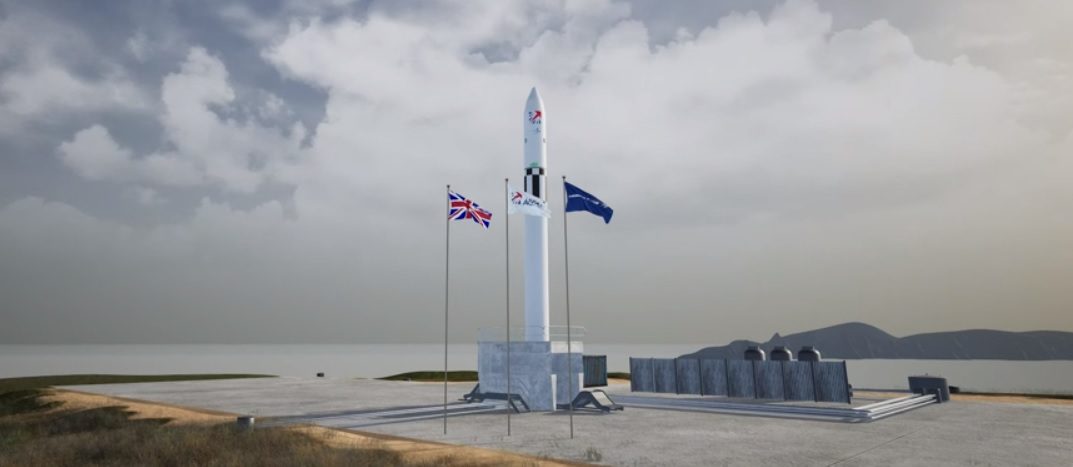Solar electricity made on satellites orbiting the Earth may be beamed down to Britain soon, if a £4.3 million government spending round announced today succeeds.
Energy secretary Grant Shapps unveiled this morning at London Tech Week a round of grants to research centres. His £4.3 million pot seeks to spur cutting-edge technology, aimed at boosting wireless transfers of clean photovoltaic power direct from satellite-based generators to Earth receivers.
An independent study in 2021 found that space-based solar power could generate up to 10GW of electricity a year by 2050, a quarter of the UK’s power needs. It could create a multi-billion pound industry, with 143,000 jobs across the country, consultants Frazer-Nash estimated.
Today’s successful grant receivers include Cambridge University, who will develop ultra-lightweight solar panels for the satellites that can function in the high-radiation conditions of space. Queen Mary University in London are working on a wireless system to enable the solar power collected in space to be transferred to earth.
Earlier this month scientists at the California Institute of Technology (CALTECH) claimed a world’s first by successfully transmitting solar electricity between satellites. Direct downloads to Earth are the UK scientists’ next step.
In the words of energy secretary Shapps: “I want the UK to boldly go where no country has gone before, boosting our energy security by getting our power directly from space.
“By winning this new space race, we can transform the way we power our nation and provide cheaper, cleaner and more secure energy for generations to come”.
The eight projects earing funding from the government’s Space Based Solar Power Innovation Competition, part of the flagship £1 billion Net Zero Innovation Portfolio, include:
- Satellite Applications Catapult on Harwell’s Didcot campus, receives just under £1.4 million for two trials, including electronical steering of its satellite-ready antennas.
- Queen Mary University in London will receive £960,000 to develop wireless power transmission from orbit at high efficiency
- Cambridge’s £770,000 to build ultra-lightweight photovoltaic panels able to survive long periods in space’s high-radiation environment. Longer satellite lifetimes, bigger energy yields, and lower cost per unit of energy made, are the grant’s goals
- MicroLink Devices in Port Talbot receives nearly £450,000 to develop the next generation of lightweight, flexible solar panels, which could be used for solar satellites
- Bristol University gets £353,000 to simulate of solar space power transfer by wireless, providing further evidence on the safety and reliability of space based solar
- Imperial College London receives nearly £300k to assess benefits and impacts of space solar, including it can integrate into UK grids
Around £1 million of today’s distribution comes from the UK Space Agency.
“Space and solar energy have a long history”, said Dr Mamatha Maheshwarappa, the agency’s lead on payload systems. “Powering early satellites was a key driver in increasing the efficiency of the solar panels which generate electricity for homes and businesses today.
At Queen Mary University’s antennas & electromagnetics laboratory, Professor Xiadong Chen said “We have been world-leading in applying radio technology to industrial applications, ever since the laboratory was set up in 1968”.
Pictured: SaxaVord UK Spaceport’s launch pad on Unst, Shetland, Britain’s northernmost island.




